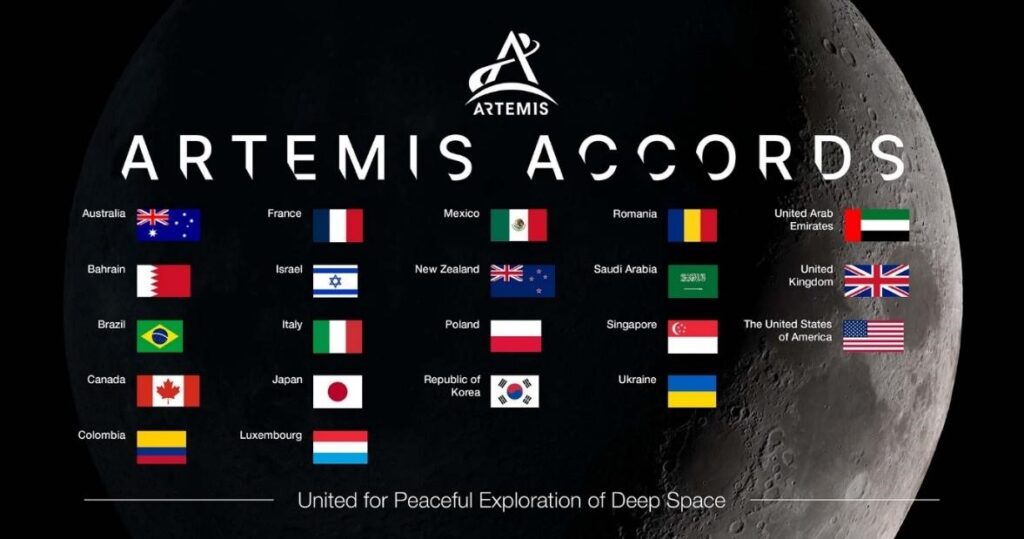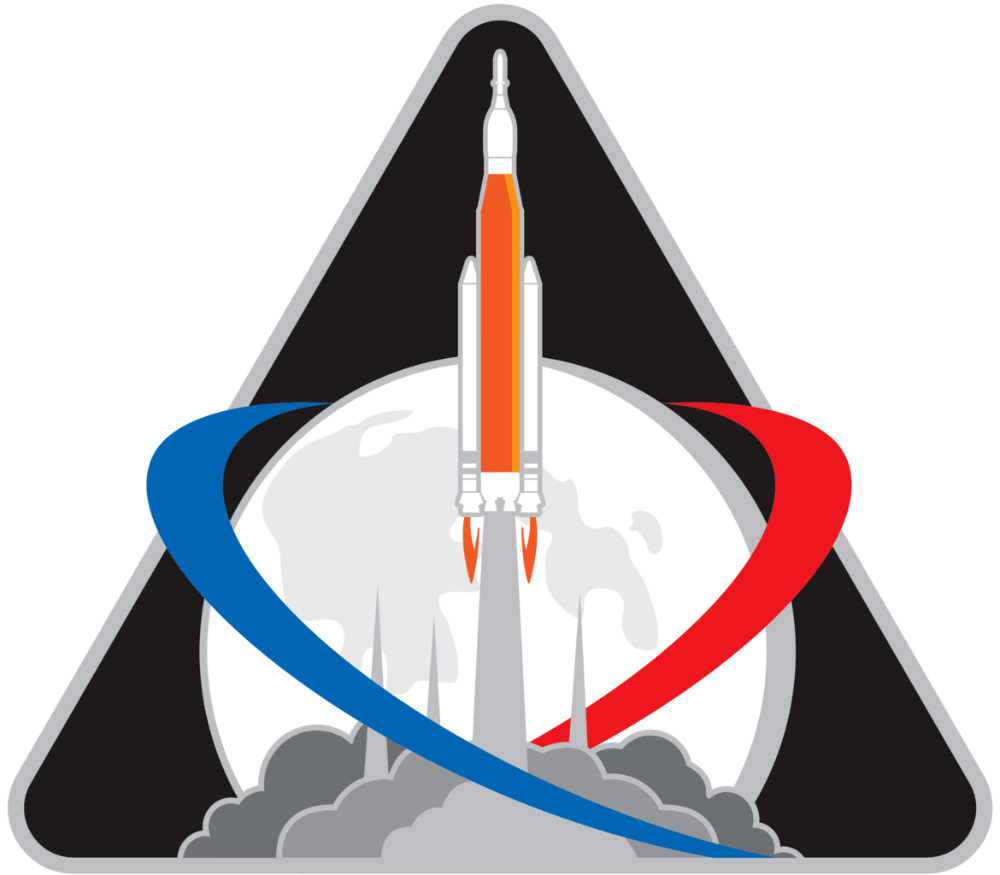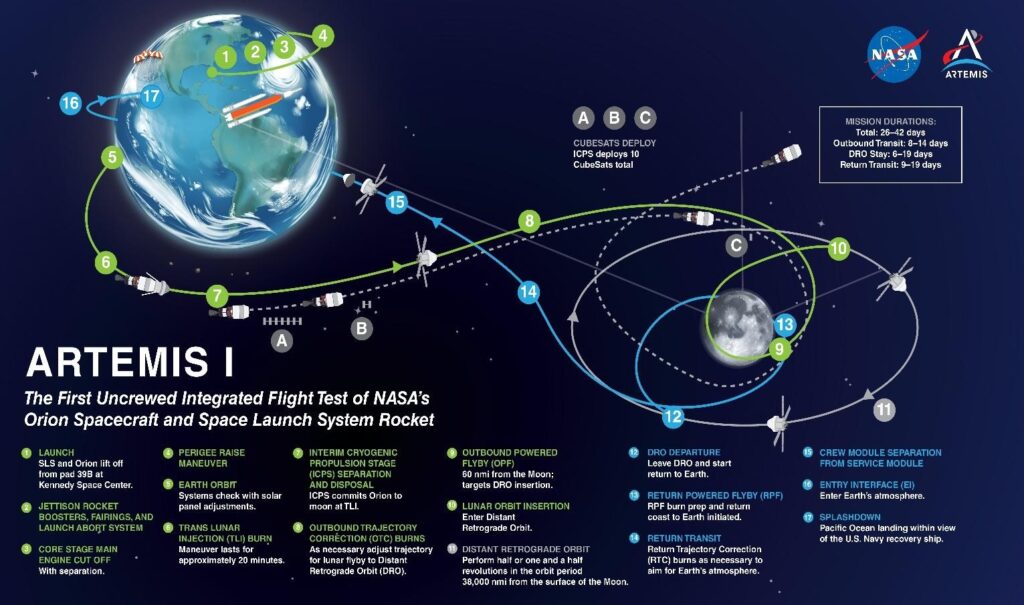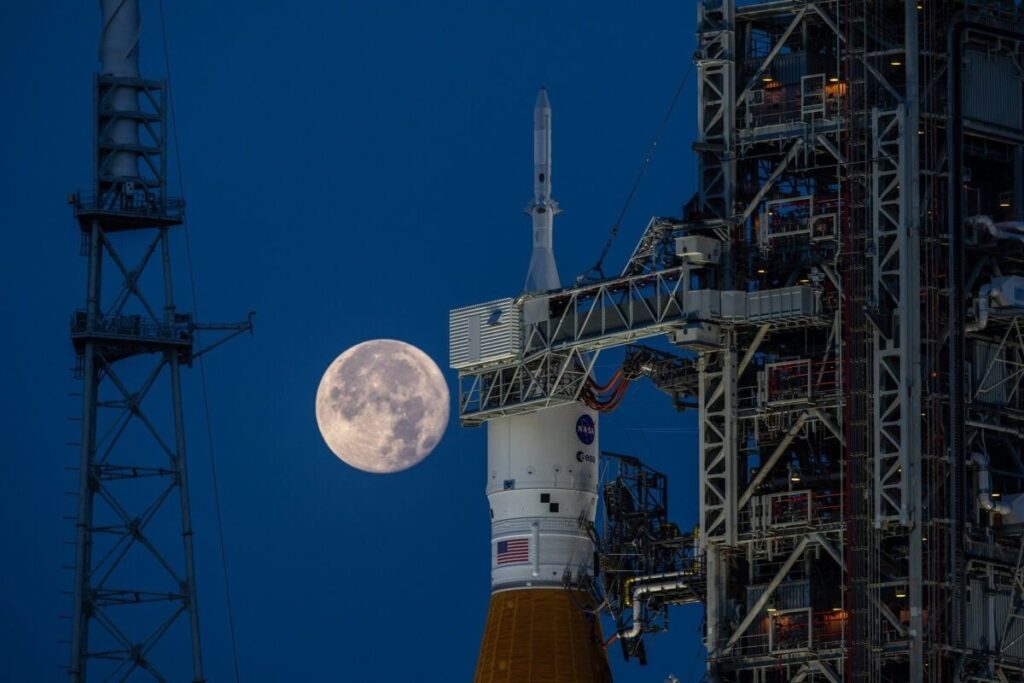“Everything comes at a cost, the decision of bearing the cost rests upon you.”
The quote undoubtedly applies to the NASA program, called ‘Artemis’, after an Ancient Greek Goddess reflecting the feminist aspirations of the mission. The primary objective is to “explore more of lunar surface than before.” It aims to incorporate modern technologies to discover the mysterious facts, yet to be unravelled about the lunar surface. Fascination about the lunar surface is not new and the charm still remains the same. The arrival of new technologies and successful private companies in the domain have led to increase in hopes and curiosity for newer findings about the universe. Lunar Surface is one of the best to start with in this quest.

Artemis is a mission of NASA with three of its partners and counterparts, ESA (European Space Agency), JAXA (Japan Aerospace Exploration Agency) and CSA (Canadian Space Agency). NASA claims that the mission has various advantages including scientific discoveries, economic benefits, inspiration for new generation of explorers, equality, global alliance and exploration of deeper space. The mission aims to launch three spacecraft with different objectives yet the goal remains the same- exploring the lunar surface. The program’s long-term goal is to establish a permanent base camp on the Moon and facilitate human missions to Mars.
The foremost is Artemis I which is an uncrewed spaceflight, the next one is Artemis II with crewed flight and last Artemis III for crew on and around the Moon. A chief aim for NASA is to “land the first woman and first person of colour on the lunar surface”.
This will not only help NASA to gain experience but will also boost confidence for future missions besides testing NASA’s SLS (Space Launch System) rocket- of which Artemis I is the first flight- besides being the first in the complete Orion Spacecraft.
A decade ago, Artemis was supposed to be launched in 2017 with an estimated cost of $500 million for each mission. While the current project cost reached $4.1 billion per launch which is the major concern for the overall mission. $40 billion has already been spent for preparations of Artemis’ equipment such as SLS and the Orion Spacecraft. As NASA is a government organisation and most of the funding comes from the tax-payers’ pockets, major questions arise: “Did the tax-payers really sign up for it?” and “Is the cost worth paying for?” To quote NASA Inspector General Paul, “We found that the first four Artemis missions will each cost $4.1 billion per launch, a price tag that strikes us as unsustainable.”

The cost of the mission seems higher than generally expected at the time of the proposal. With such high stakes and announcement, the withdrawal could cause major setbacks in every domain including political pressure which could be the reason for many high profiled missions to continue even if they don’t align with the goal and budget.
Success cannot be assured for any scientific experiment, research, or missions. There is a great leap of faith that needs to be made for its occurrence and with an inbuilt agreement that it could bear the cost of its failure. The call rests upon the officials to take the right decision for the nation at the appropriate time. And the final decision for Artemis I has already been taken- it was scheduled to be launched on 27th of September, 2022, the third launch attempt. But the launch got delayed due to Hurricane lan. NASA is presently targeting a launch window between November 12-27,2022. The success of Artemis I will be the deciding factor for the complete mission and will surely answer questions of importance. Another possibility could be a rise in the questions of concern after the completion of Artemis I.

Another area of concern is the sustainability issue. The current trend is focusing more on reusable rockets which not only enable a cheaper but also a greener way to travel to the space, hence aligned with sustainability. However, Artemis does not include even one. So, it is even lacking and lagging when it comes to sustainability- one of the major requirements keeping in mind the environmental concerns of the time.

The mission has already garnered heaps of attention. If it succeeds, it will re-establish human presence on the moon for the first time since the 1972’s Apollo 17 mission. With extravagant expenditure, immense planning and arduous efforts in execution, Artemis I is all set to get launched sooner than later coupled with unmatched excitement for the discoveries that lay ahead concerning the lunar surface- as heard of in the fables and lullabies of our beloved “Moon”.
“I see the Moon and the Moon sees me.”
Ultimately, as is the case with almost everything, only time will tell whether Artemis I proves to be a marvel that triggers subsequent missions of NASA’s or spells doom for them. However, research and exploration is a process-like life is- it will sound unfair to call it an utter waste provided that there aren’t any unforeseen mishaps.
Written by Kaushiki Gaur
Edited by Akanksha Choudhary
